The Hammar Marshes(Mesopotamian Marshlands), are a vast wetland region in southern Iraq. The area is home to many unique species and has been recognized as an important ecological zone since ancient times. In fact, the Marshlands were once part of the Garden of Eden according to legend!

The Marshlands were formed over thousands of years by natural processes such as erosion and flooding; however, human activity has also played an important role in shaping these wetlands. Around 5500 BC (about 7500 years ago), people began building permanent settlements along rivers that flow into or through the marshes–a practice that continues today with cities like Basra and Nasiriyah being built near them.
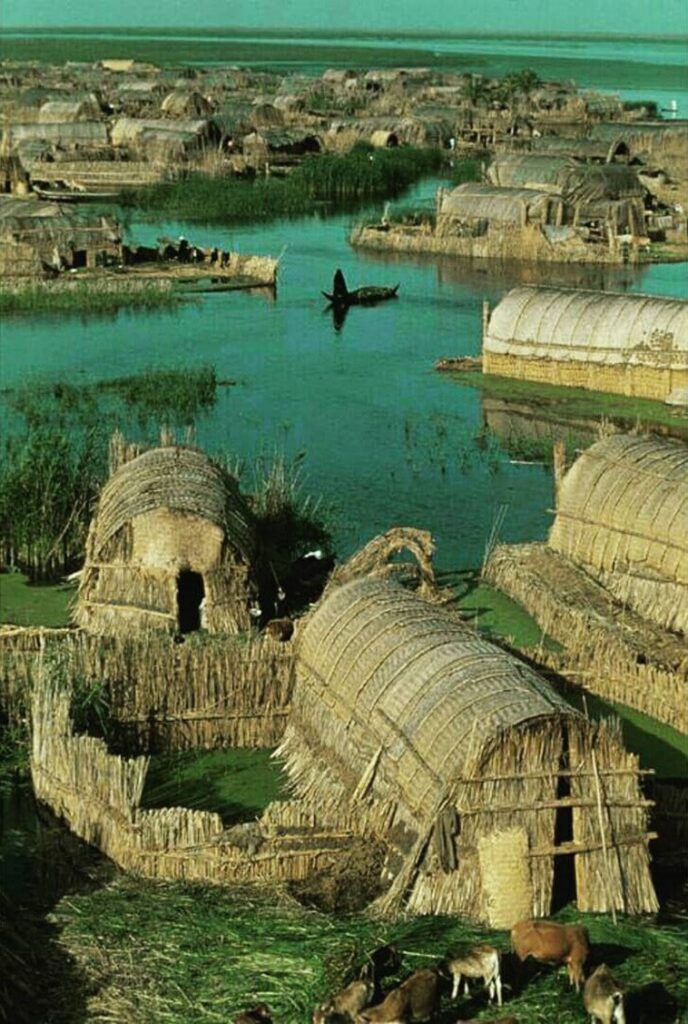
The Marshlands’ Unique Floating Homes
The Mesopotamian marshlands are home to a unique style of floating home, which has been built for centuries. The homes are constructed from reeds, mud and clay and can be moved around the marshes as needed.
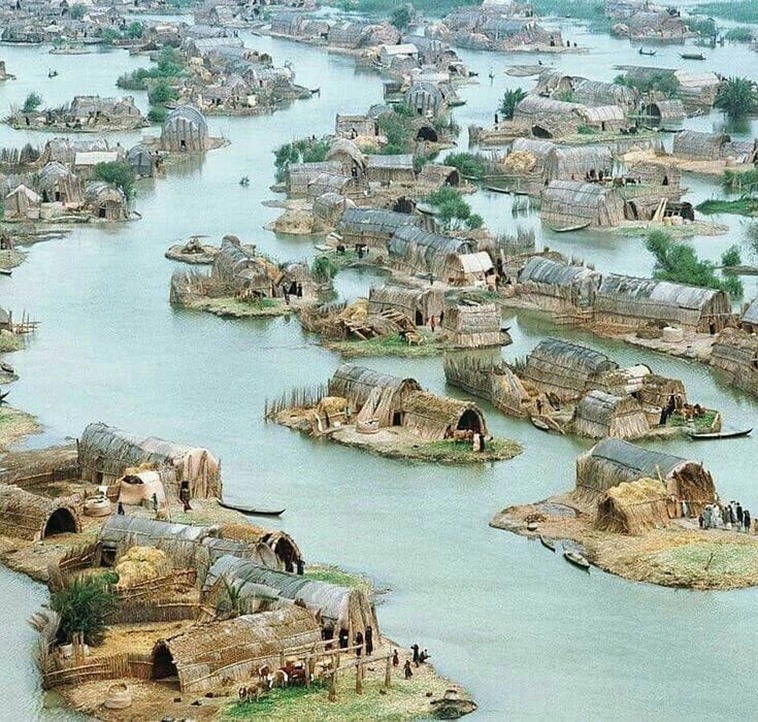
The construction process begins by laying down a framework made from reeds or sticks, then filling it with mud and straw before adding a layer of clay at the top. This allows them to float above water level when they’re placed in shallow waters but also keeps them firmly planted on land when they’re anchored there permanently–and even though they may look flimsy at first glance, these structures can withstand strong winds without breaking apart!

The Wetland Miracle
The Mesopotamian Marshlands are an important ecosystem that has been home to many species of plants and animals for thousands of years.

The marshlands are home to over 250 species of birds, including the world’s largest population of white-tailed eagles. The wetlands also provide habitat for a variety of other animals such as deer, otters and beavers.
However, over the past century, this region has been under threat from human activities such as dam construction, oil drilling, and overgrazing. As a result, the marshes began to dry up and disappear.
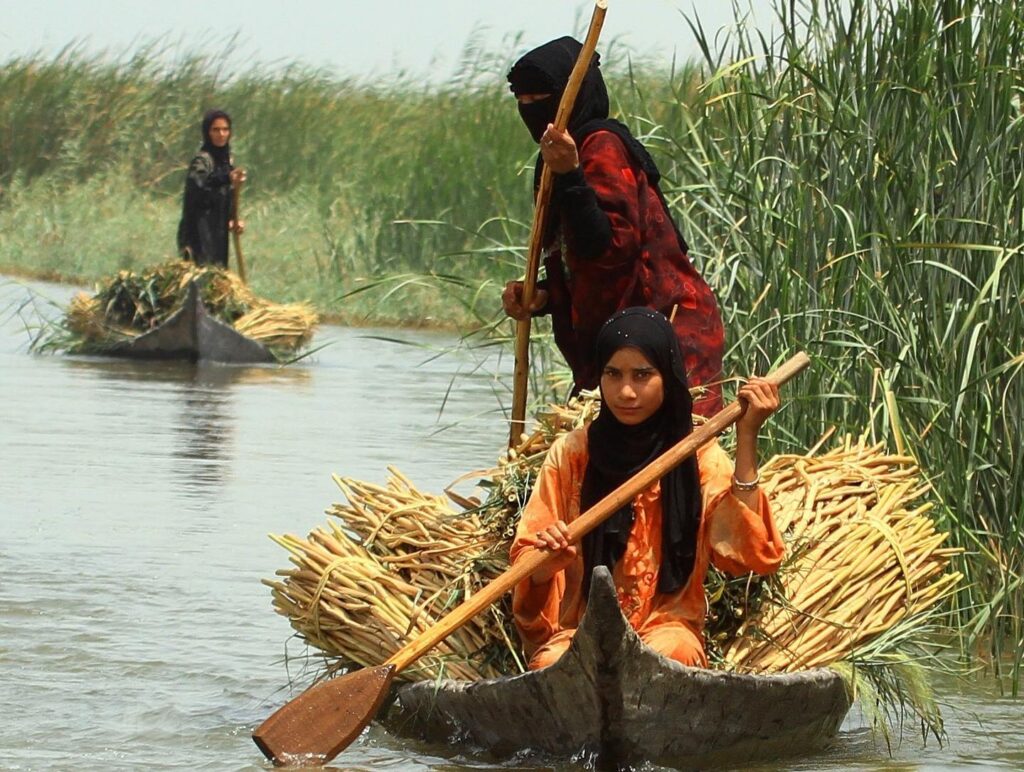
Nevertheless, in the early 2000s, a collaborative effort between the Iraqi government and environmental organizations saw the draining of dams and canals and the restoration of water flow into the Mesopotamian Marshlands. This wetland miracle not only saved the ecosystem but also provided livelihoods for the people who lived in the area.
The Heart of Marsh Arab Culture
The Mesopotamian marshlands are home to a unique culture, one that has developed over thousands of years. This region is known for its ancient history and rich culture, but also for being one of the most dangerous places on Earth. The people who live there have adapted to their surroundings in order to survive; they have learned how to live with nature rather than against it.
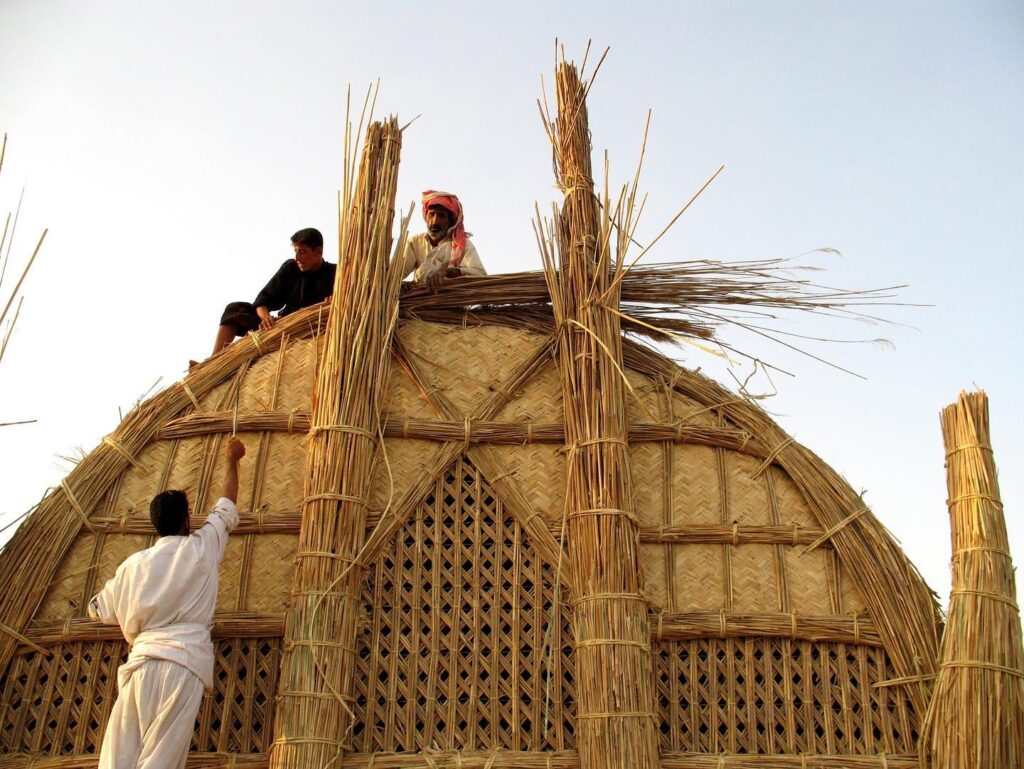
Since the restoration of the marshes, Marsh Arabs have fought to rebuild their communities and reconnect with their cultural heritage. Today, the Mesopotamian Marshlands serve as the heart of Marsh Arab culture, with traditional practices such as reed weaving, water buffalo herding, and boat building still being practiced.
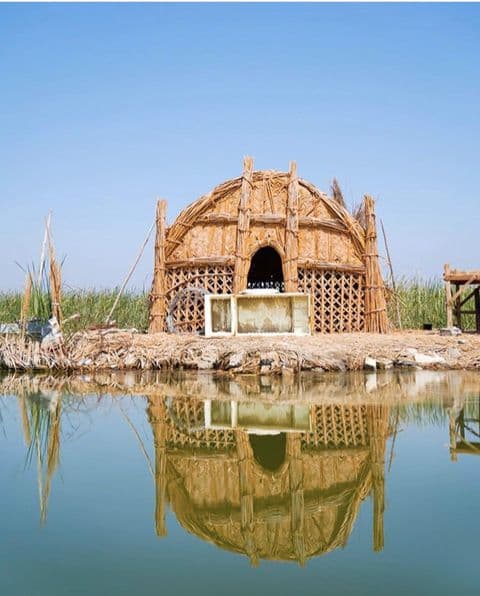
The Mesopotamian Marshlands stretch across southern Iraq and eastern Syria, covering an area of approximately 20 million acres (8 million hectares). There are no permanent settlements here; instead, people live in floating houses built on stilts above the water so that they can stay above any flooding or rising waters during high tide periods when rivers overflow their banks due to heavy rains or snow melt from nearby mountains like Mount Sinjar (which sits at an elevation of 3100 feet).

The Marshlands’ Economy
The Mesopotamian marshlands are an important part of the country’s economy. The area is home to many industries, including agriculture, fishing and tourism.
The Marshlands also provide a variety of resources for other parts of Iraq as well as neighboring countries. These include:
Water – The Tigris River provides fresh water to many areas in Iraq and beyond its borders. In fact, some people say that without the Tigris River there would be no civilization at all!
Fish – The Mesopotamian Marshlands are famous for their fish farms which produce more than 1 million tons each year! This is enough food for everyone in Iraq plus some left over too!
The Future Marshlands’
The Mesopotamian Marshlands are home to many endangered species, including the Mesopotamian fallow deer and the wild boar. These wetlands are also an important stopover point for migratory birds on their way from Africa to Europe or Asia.
The marshlands face a number of threats, including pollution from nearby industrial areas and agricultural runoff from farms in southern Iraq. Development projects have also taken their toll on this fragile ecosystem: In 2007, construction began on a major highway connecting Baghdad with Basra (which passes through one of Iraq’s largest marshes).
The project was halted after it caused flooding that killed hundreds of people living in surrounding villages; however, work resumed in 2013 after being redesigned by engineers who took into account environmental concerns raised by local activists like Ahmed Abdul-Wahid Al-Samarai–who was murdered for his opposition to development projects within Iraq’s wetlands area

